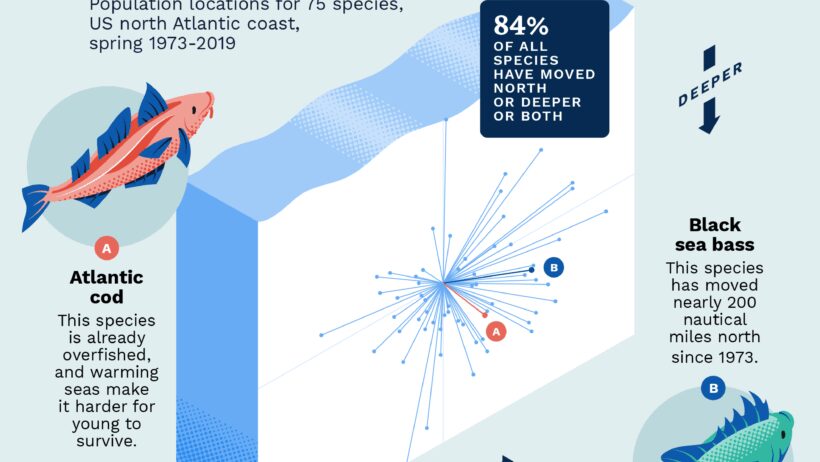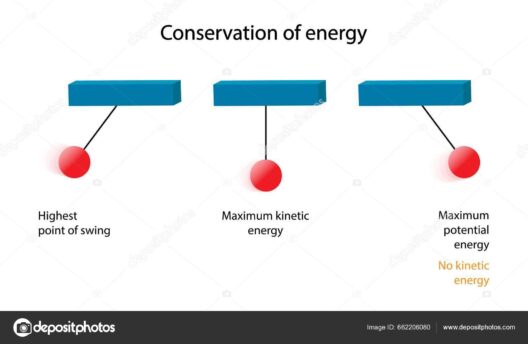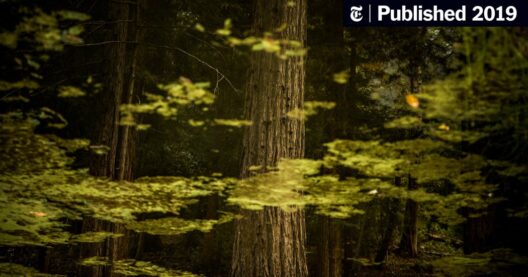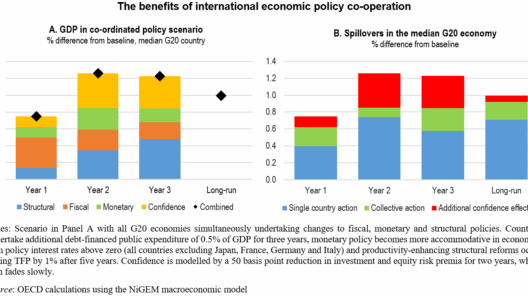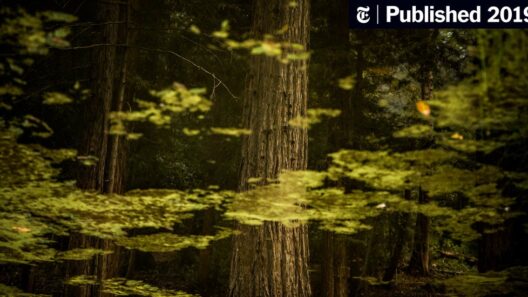As the sun beats down relentlessly on our planet, you might wonder, what is the hidden cost of rising temperatures for our oceans and the myriad creatures that inhabit them? The vibrant ecosystems of coastal waters are far more fragile than they appear. They play a critical role in global biodiversity, and yet they find themselves under siege like never before. With climate change warming our oceans, marine life faces unprecedented challenges that could reverberate throughout the food chain.
The phenomenon of rising ocean temperatures is not just a distant threat but an immediate reality. It alters the very fabric of marine ecosystems, creating a cascade of effects that impact everything from coral reefs to fish populations. Marine habitats, such as coral reefs, are particularly vulnerable to temperature fluctuations. These vibrant underwater cities, often referred to as the “rainforests of the sea,” rely heavily on symbiotic relationships with zooxanthellae, the algae that provide them sustenance. When temperatures exceed a certain threshold, these algae are expelled, leading to coral bleaching—a condition that leaves corals weakened and more susceptible to disease.
In addition to coral reefs, rising temperatures directly impact numerous marine species. Fish, for instance, are ectothermic, meaning their body temperature is regulated by the surrounding environment. As ocean temperatures rise, so do the metabolic rates of these creatures. This can lead to a range of physiological issues, including stunted growth and abnormal reproductive cycles. Species such as cod and haddock, which are economically vital for many coastal communities, may find their spawning grounds unsuitable as warmer waters push them toward cooler depths, decreasing their population and affecting the livelihoods that depend on them.
But what happens to the predator-prey relationships when fish migrate? The shifting distribution patterns of fish species can lead to a disarray in marine food webs. Predatory fish may not find their usual prey, leading to decreased populations for fish that depend on specific species for survival. This imbalance can create a feedback loop that threatens marine ecosystems. For every action, there is an equal and opposite reaction; yet in this case, those reactions can be catastrophic.
Marine mammals, such as seals and dolphins, are also at risk as their prey diminishes or moves to cooler waters. The Mediterranean monk seal, for example, is facing a bleak future as its main food sources are undermined by rising temperatures and overfishing practices. These majestic animals need not only a sufficient supply of food but also a stable habitat where they can breed and raise their young—both of which are becoming increasingly rare.
Beyond immediate physiological and ecological effects, climate change also exacerbates other threatening issues, such as ocean acidification. As the oceans absorb excess carbon dioxide from the atmosphere, they become more acidic. This change adversely affects calcifying organisms like shellfish and coral, which struggle to maintain their calcium carbonate structures in a more acidic environment. The ramifications for the fishing industry are enormous, as shellfish serve as a cornerstone of many coastal economies and diets worldwide.
Meanwhile, coastal ecosystems are also suffering from the impacts of extreme weather events, which are intensifying due to climate change. Hurricanes, typhoons, and cyclones wreak havoc on marine environments, leading to physical destruction of habitats as well as pollutant runoff that can cause algal blooms and dead zones. Such events do not respect boundaries; they affect local communities and entire geographic regions, revealing how interconnected we are in the face of climate change.
One cannot dismiss the socioeconomic implications of these environmental changes either. Communities that depend on fishing and tourism are facing uncertain futures as the viability of their resources diminishes. As fish stocks decline, boats may return with empty nets. What does that mean for the fishermen? What about the restaurants and shops that cater to tourists wishing to experience the bounty of the sea? The cascading effects extend far beyond the shoreline—affecting economies, cultures, and lifestyles.
Confronted with this complex web of challenges, one question emerges: What can we do? It is imperative that individuals and communities, along with policymakers, engage in the fight against climate change and advocate for sustainable practices. Coastal management must prioritize the conservation of habitats and responsible fishing practices to ensure the resilience of marine ecosystems. Furthermore, utilizing renewable energy sources and reducing carbon footprints can contribute to mitigating climate change and its impacts.
Engaging the public in marine conservation efforts is paramount. Educating communities about the importance of marine biodiversity and sustainable practices can instigate grassroots movements aimed at preserving these fragile environments. Protecting marine sanctuaries and establishing no-fishing zones can offer fish populations a chance to recover. The question now becomes: Can we mobilize enough support to implement these changes effectively before it’s too late?
In conclusion, the future of coastal creatures hangs in the balance, threatened by rising temperatures and the myriad other consequences of climate change. The responsibility lies not just with marine biologists or policymakers but with each one of us. The ocean serves as a barometer for the health of our planet—its current state is a stark reminder that our inaction today may seal the fate of countless marine species tomorrow. The interconnectedness of life means that one small change can have ripple effects across both land and sea, reminding us of the imperative to act decisively and collectively. It is our duty to protect these natural wonders, not only for the present but for generations to come.



